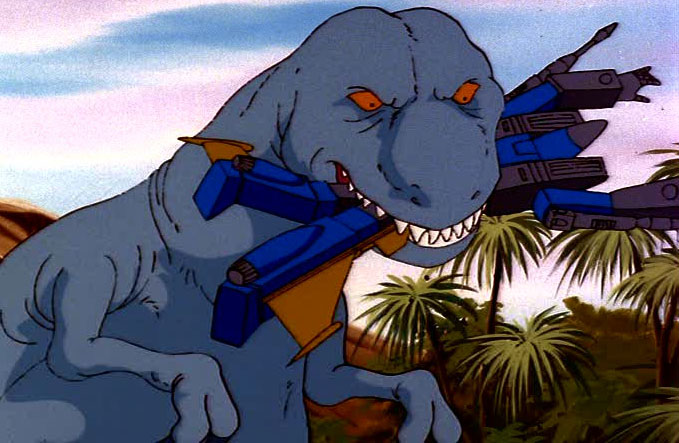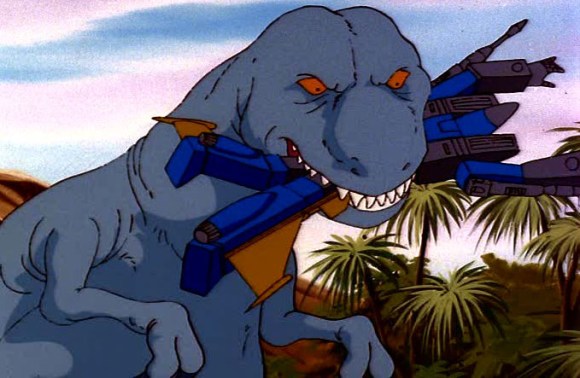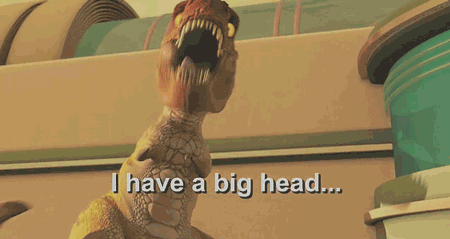New Study Says Tyrannosaurus Rex Had Strongest Bite Ever. Jaws Has A Sad.
hold on to your butts

The tyrannosaurus rex has been underestimated for far too long! It’s time to stand up and let everyone know they were, and always will be, the bomb. A new study says so.
I always assumed so but now scientists say it’s official, t-rex had the strongest bite of any creature that ever lived. “Previous estimates of the prehistoric predator’s bite suggested it was much more modest – comparable to modern predators such as alligators,” writes the BBC. This measurement, based on a laser scan of a T. rex skull, showed that its bite was equivalent to three tonnes – about the weight of an elephant.”
Published in Biology Letters, scientists Dr. Karl Bates from the biomechanics laboratory at the University of Liverpool and his colleague, Peter Falkingham from the University of Manchester, used the life-sized copy of a t-rex skelton for the study. “We digitised the skull with a laser scanner, so we had a 3-D model of the skull on our computer,” Bates said. “Then we could map the muscles onto that skull.” And then they made the digital jaws snap shut. CHOMP.
Here’s a bit of their science speak:
Bite mechanics and feeding behaviour in Tyrannosaurus rex are controversial. Some contend that a modest bite mechanically limited T. rex to scavenging, while others argue that high bite forces facilitated a predatory mode of life. We use dynamic musculoskeletal models to simulate maximal biting in T. rex. Models predict that adult T. rex generated sustained bite forces of 35 000–57 000 N at a single posterior tooth, by far the highest bite forces estimated for any terrestrial animal. Scaling analyses suggest that adult T. rex had a strong bite for its body size, and that bite performance increased allometrically during ontogeny. Positive allometry in bite performance during growth may have facilitated an ontogenetic change in feeding behaviour in T. rex, associated with an expansion of prey range in adults to include the largest contemporaneous animals.
“Those [simulated] muscles closed the jaw as they would in life and…we measured the force when the teeth hit each other,” Bates told BBC Nature. “The maximum forces we found – up at the [back] teeth – were between 30,000 and 60,000 Newtons. That’s equivalent to a medium-sized elephant sitting on you.”
The doctor also said that the bite force increased disproportionately, that is, much more than expected, as the t-rex’s head got bigger. “This suggests that the predator’s diet changed as it matured, and that perhaps only adult T. rex could have punctured the tough hide of another dinosaur,” writes BBC. Ahem.
There’s a nice video of the doc explaining it all on the BBC website as well.
(via BBC Nature)
Have a tip we should know? [email protected]


